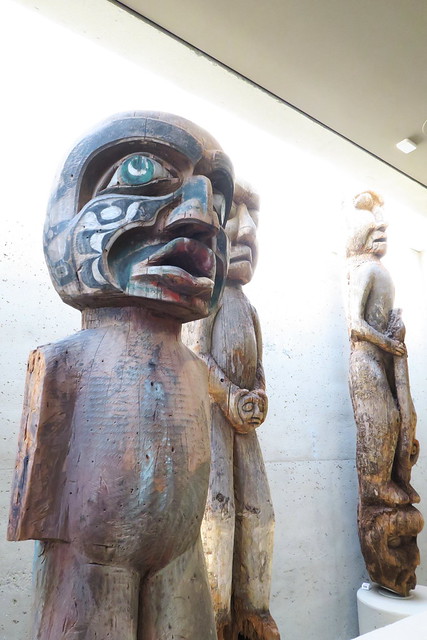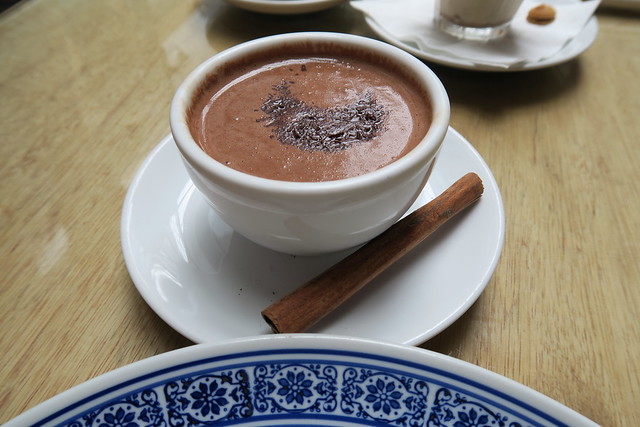Recently I discovered that dogmatism is not just about beliefs and ideas of the mind. As I stepped onto the ancient path of Yoga I am brought into awareness of various "beliefs" held by the body also.
These beliefs include how I believe/perceive I am standing, sitting, and moving, that is, my postures and movement patterns. Similar to the psychological model of the Johari window, the body has its "blind spots" and "unknowns". An outsider, such as a yoga teacher, can tell us our blind spots and guide us towards better postures/movements that support growth and vitality.
However, there are obstacles because our mind-body is attached to the old ways and signals to us that it is more comfortable with status quo than to make changes -- this is what we call habits.
External ideas can also affect our body. This is prevalent even in Yoga as a popularized sport where achievements of flexibility and challenging postures have been promoted, and the mass media is filled with beautiful young persons performing these feats.
Even seemingly beneficial spiritual paths can become dogmas if we are not cautious. One challenge I faced was about where to feel the breath during breath meditation. Was it at the nose, abdomen, or elsewhere.
We can become bound to these ideas which do not represent the inherent beauty and miracle of our own body as it is.
Quitting a habit/dogma is probably not the best approach because it is a strongly held notion with deep roots. Perhaps a better approach is to "re-program" by practicing a new habit, which is what part of Yoga training does.
Up to a point, the teacher and teachings can only do so much. Ultimately, we are left with our own awareness as an internal teacher. Hopefully by then the awareness can pierce through subtle dogmas of the mind-body.
Breathing in, I go back to the island within myself


